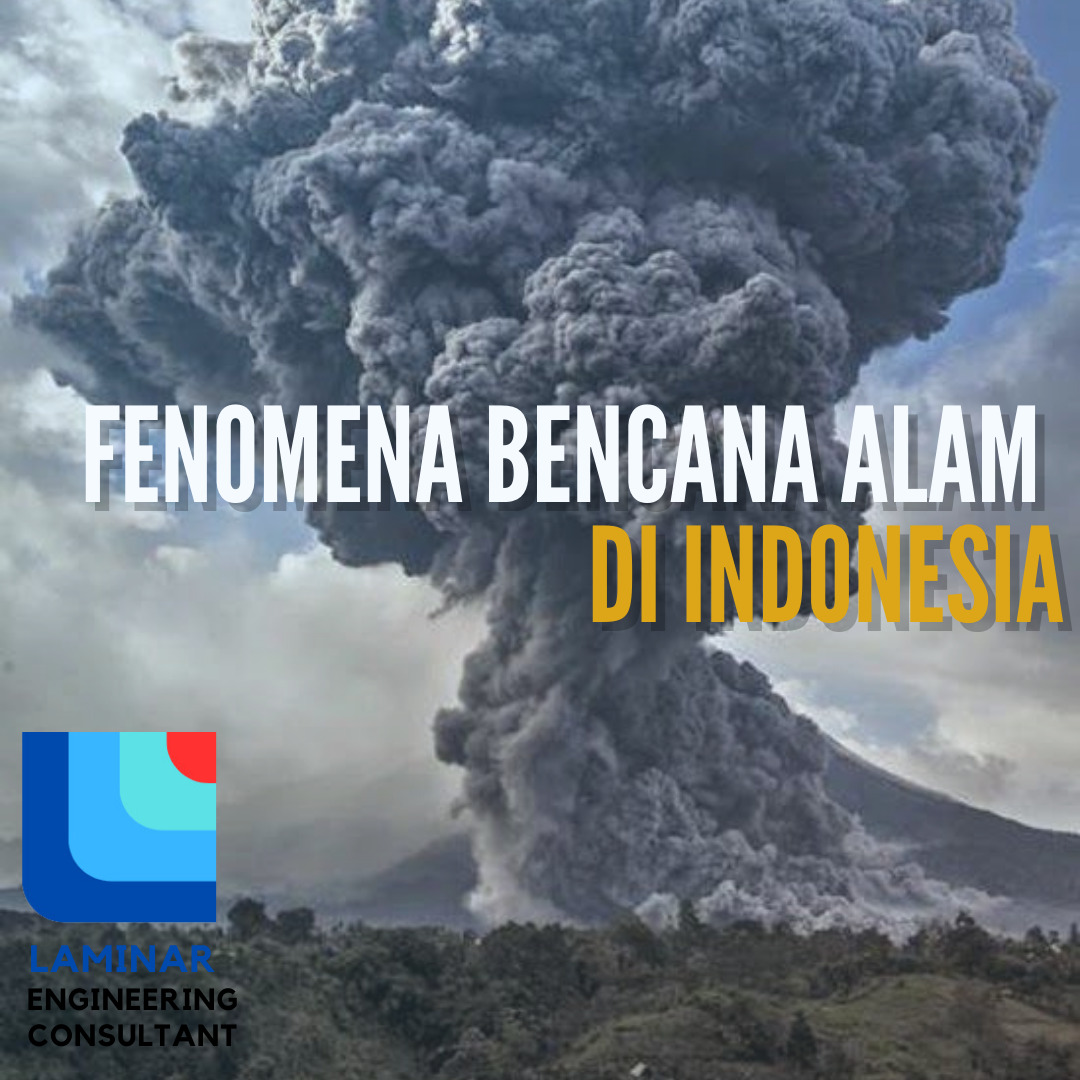Based on its geographical location, Indonesia is located between two continents, namely Asia and Australia, as well as between two oceans, namely the Pacific Ocean and the Indian Ocean. Indonesia is a country consisting of islands. In the eastern and southern parts of Indonesia there is a volcanic belt that extends from the islands of Sumatra – Java – Nusa Tenggara – Sulawesi, the sides of which are old volcanic mountains and lowlands which are mostly swamps. Such conditions have great potential and are prone to disasters such as volcanic eruptions, tsunamis, floods, earthquakes, and landslides.
Disaster data managed from collection to dissemination plays an important role in the disaster management process. Accurate and up-to-date disaster data helps in disaster risk reduction planning, as well as in making targeted decisions and disaster emergency response and assisting the post-disaster reconstruction and rehabilitation process. In Indonesia itself, throughout 2023, 5,400 disaster incidents have been recorded spread throughout Indonesia. The disasters that occur are dominated by hydrometeorological disasters whose main causes are atmospheric, hydrological, or oceanographic phenomena. Examples include floods, droughts, strong winds, heat waves, tropical storms, and landslides triggered by prolonged heavy rain.
The disasters in 2023 with a death toll of more than 5 people included floods and landslides in Manado City, North Sulawesi, followed by five other landslides in Natuna Regency, Riau, Waykanan Regency, Lampung, South Bogor, West Java, Parigi Moutong Regency, Central Sulawesi, and Banyumas Regency, Central Java. Then at the end of the year, two other major disasters occurred, namely floods in Humbang Hasundutan Regency, North Sumatra and volcanic eruptions in Agam Regency, West Sumatra.
The government’s follow-up to natural disasters that occurred in Indonesia is emergency response (evacuation and rescue, health assistance, provision of logistics and assistance and flood control), reconstruction and rehabilitation in this case infrastructure recovery, housing assistance, and economic recovery. Although the government has taken these steps, the community is expected to work together to preserve the environment so that the number of natural disasters and their negative impacts are minimized.

